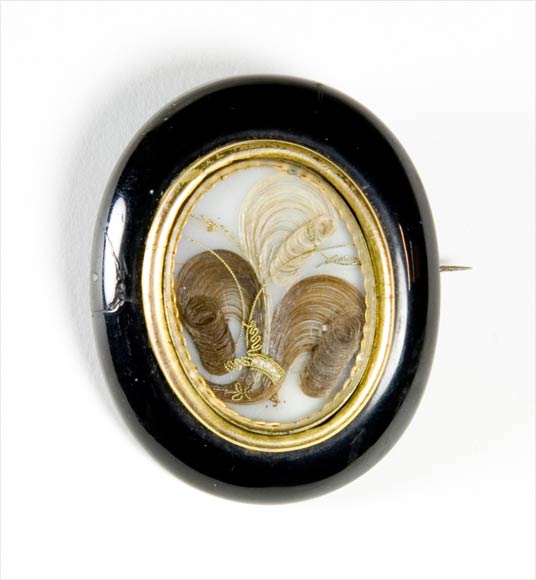
Wearing mourning jewellery was one way to mark the death of a loved one. While the first examples of mourning jewellery in Europe date from the 15th century, it became fashionable in England after the death of Queen Victoria's husband, Prince Albert. Victoria wore black for the rest of her life and everyone in her court had to wear mourning garments for several years. This mourning brooch was brought to New Zealand in the late 19th century. Like many pieces of mourning jewellery, it includes a small piece of human hair. During the late 19th and early 20th centuries there were elaborate rules about what mourners should and should not wear after a death. Widows frequently wore black for long periods of time and men wore black armbands to indicate a recent bereavement.
Te whakamahi i tēnei tūemi
Museum of New Zealand Te Papa Tongarewa
Reference:
GH012036
Permission of the Museum of New Zealand Te Papa Tongarewa must be obtained before any re-use of this image.







Tukunga
What a beautiful brooch. We
Sarndra (not verified)
03 o Māehe 2012
Tāpiritia te tākupu hou